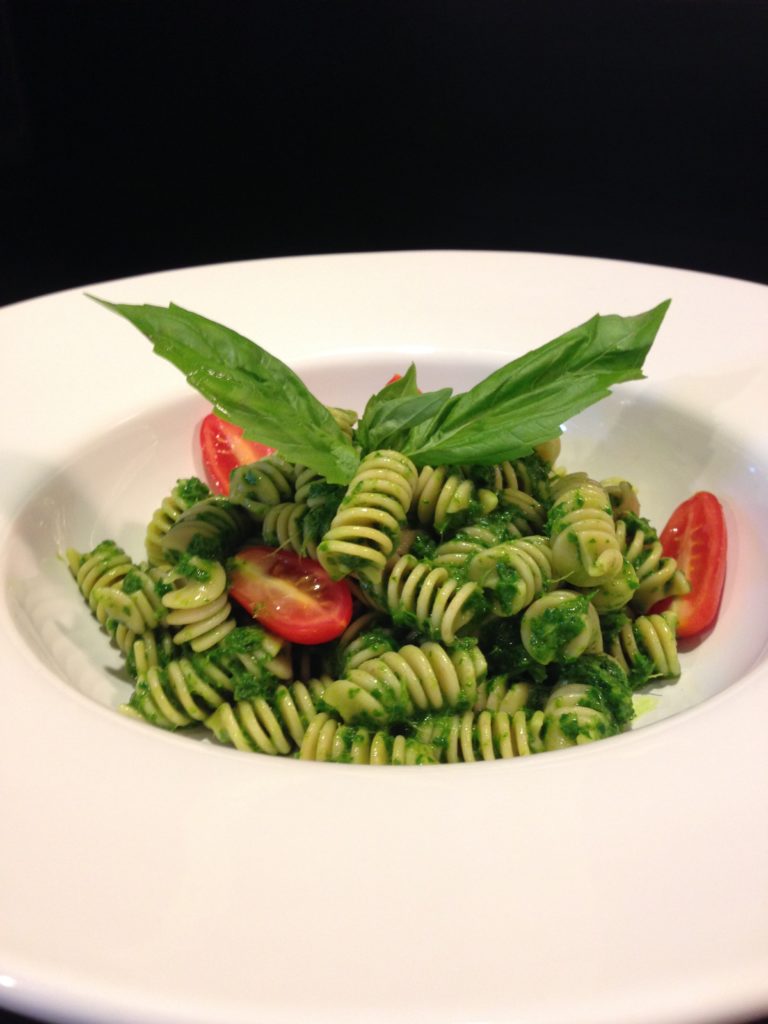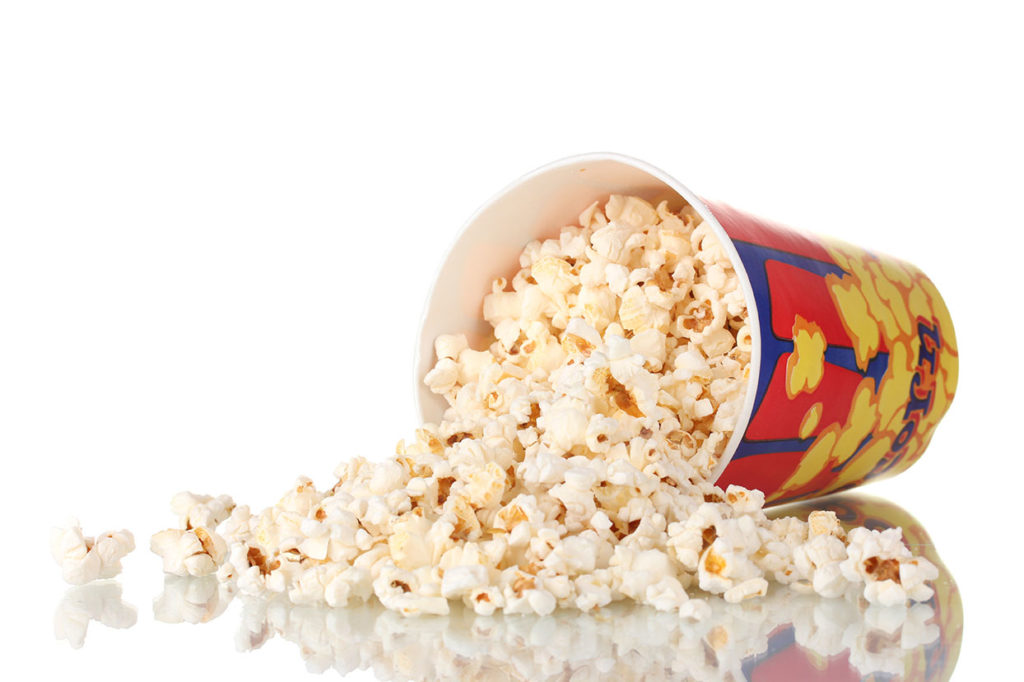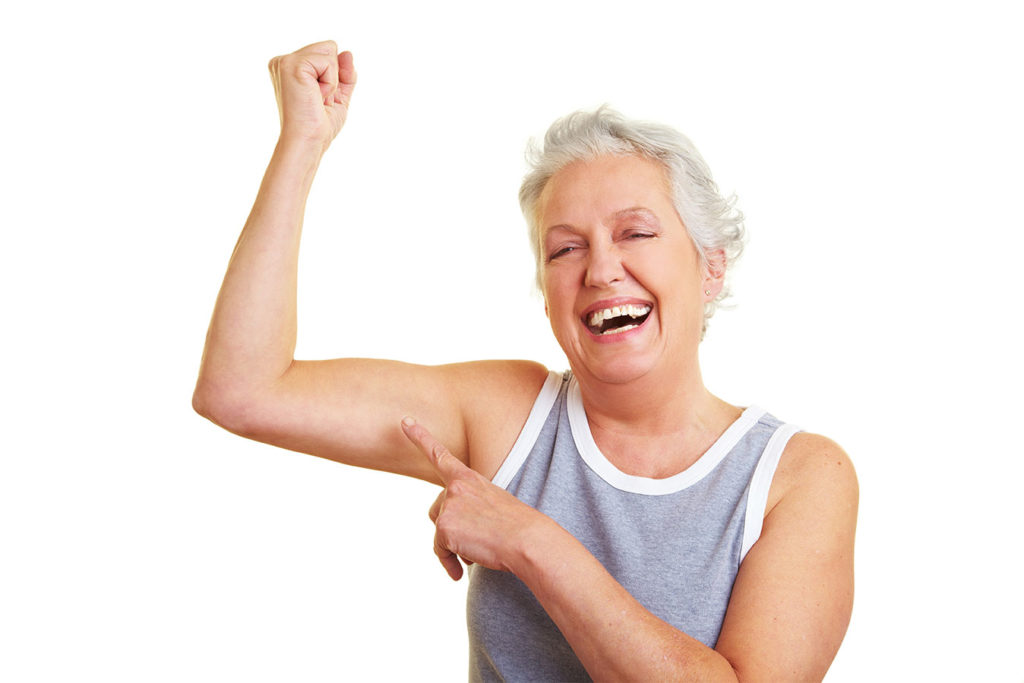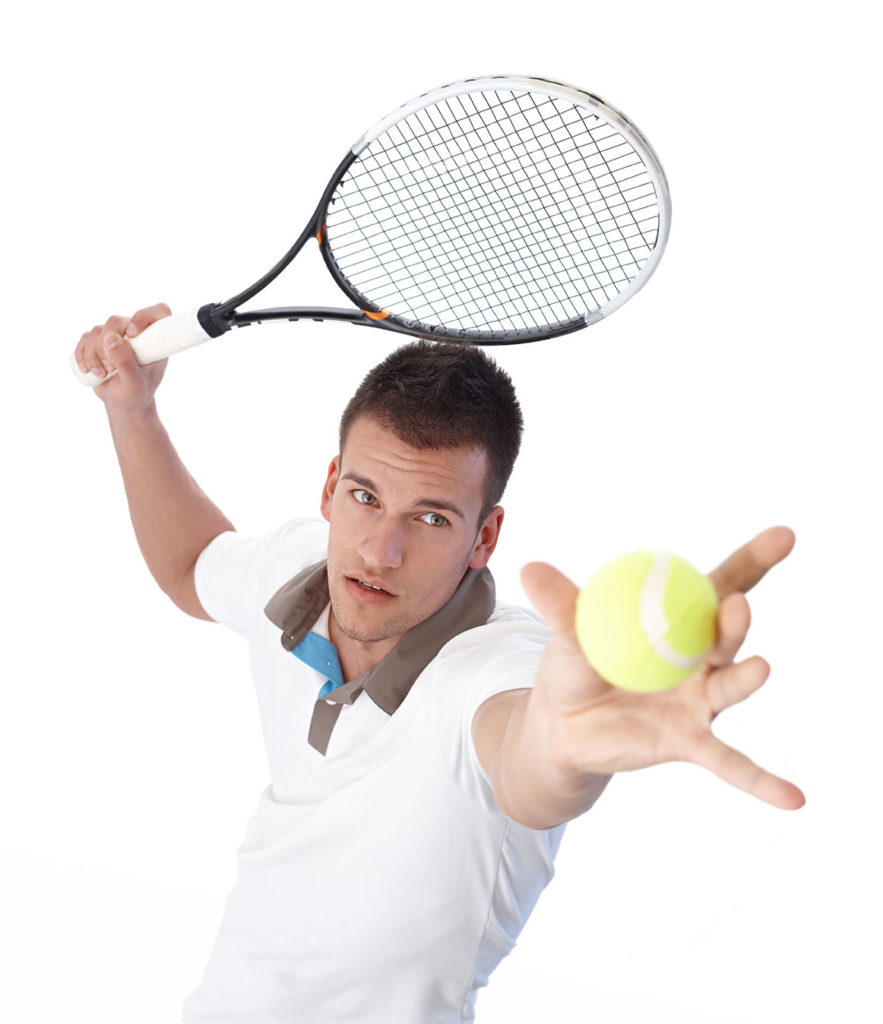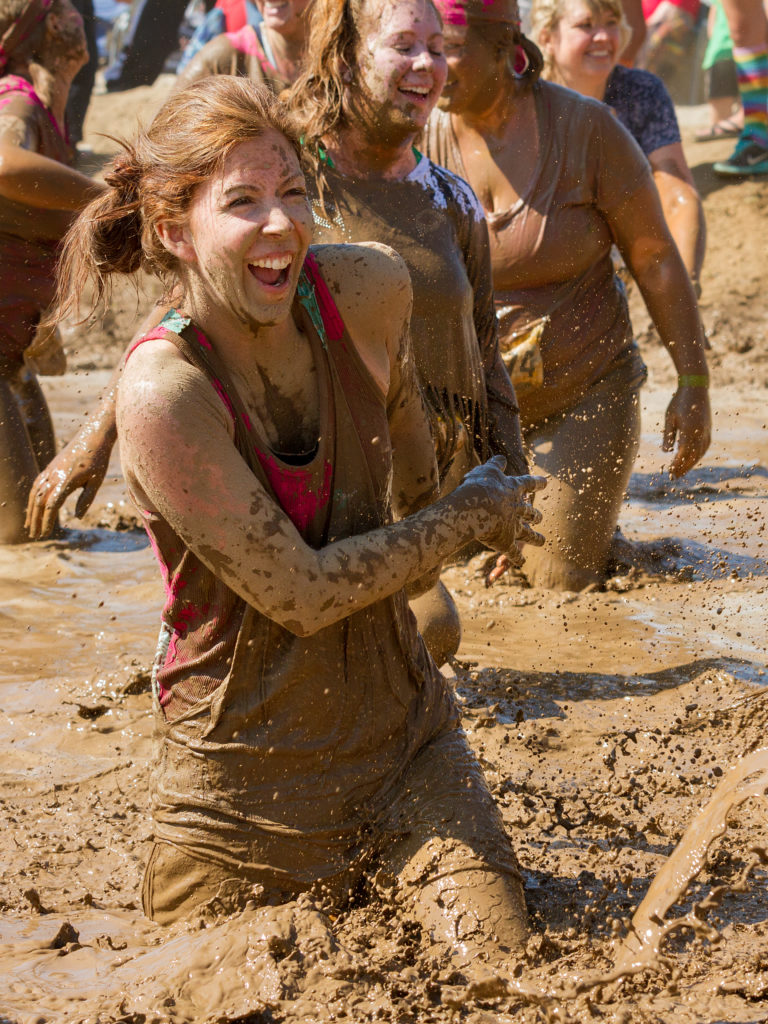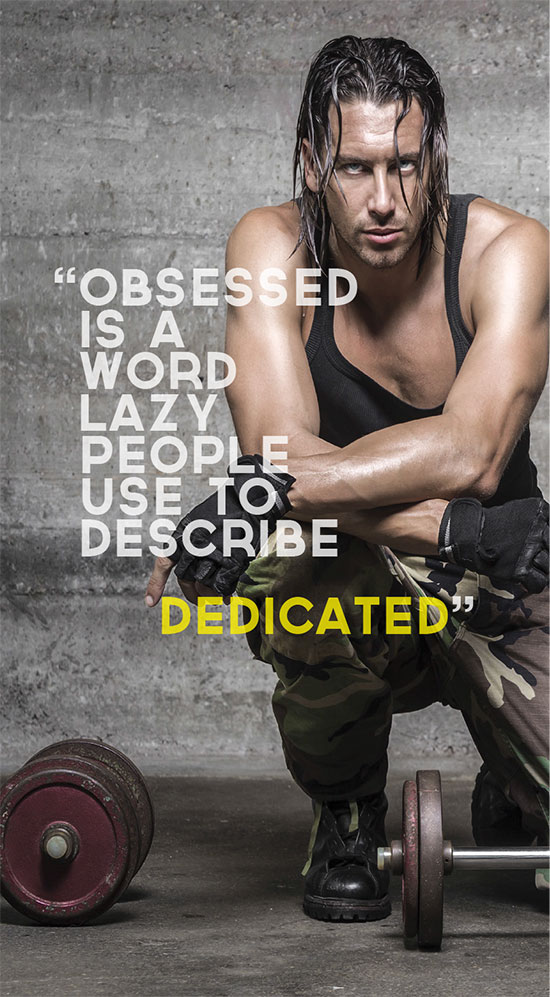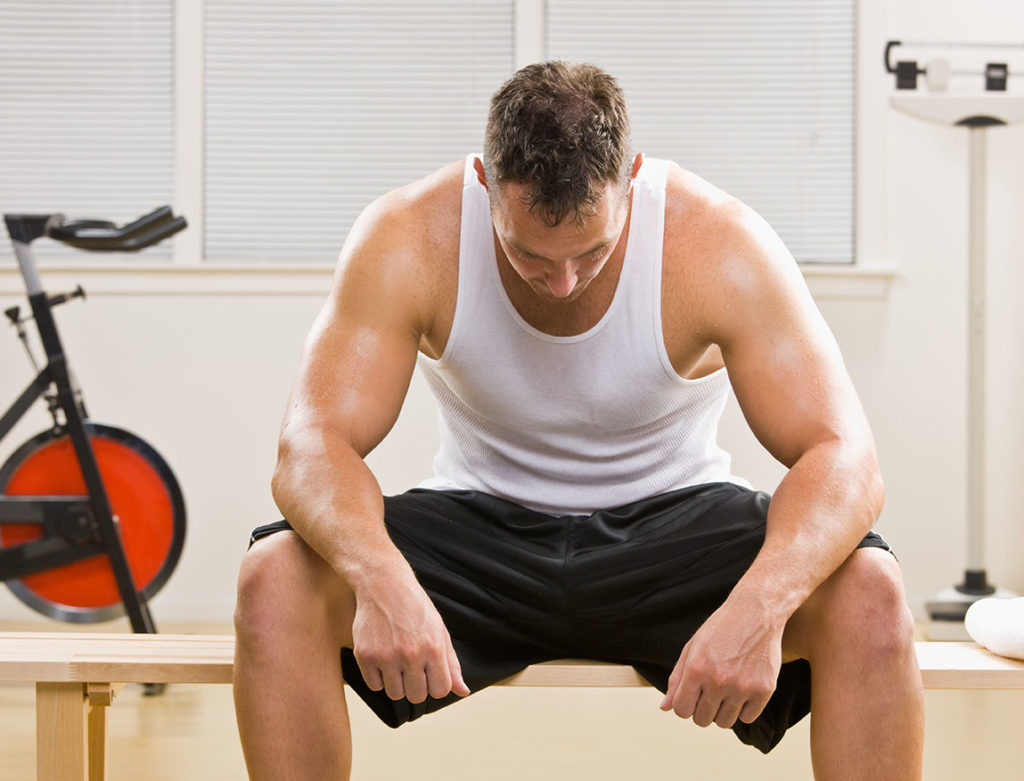Archive for March 2014
Kale Pesto
These days, when many chefs are sourcing locally and seasonally, and abiding by sustainable practices, they may believe they are cooking healthy meals, says Emmanuel Verstraeten, founder and CEO of SPE Certified® (see feature story). “While [sustainability] is an appropriate first step, it is not sufficient to close the loop on delivering nutritionally balanced, great-tasting dishes. What is missing is a culinary approach to nutrition whereby dishes are created to deliver the maximum in nutrient density, while retaining every ounce of deliciousness and taste.
Read MoreFood Focus: Nutritional Yeast
If you’re a vegan or vegetarian home cook, you are probably familiar with the unique umami flavor pop of nutritional yeast. Also known as “nooch,” this interesting food product is a deactivated yeast (a single-celled microorganism called Saccharomyces cerevisiae) that is grown on enriched, purified cane and beet molasses under carefully controlled conditions. Once harvested, it is washed and heat-dried to cause deactivation. Unlike baking yeast, which is a live culture, nutritional yeast does not “grow” or froth and does not serve as a leavening agent.
Read MoreIs Obesity a Socially Transmitted Disease?
If you knew someone in your social circle was making specifically healthy or unhealthy food choices, would it influence your behavior?
It’s likely, say researchers in the United Kingdom who have reported on a meta-analysis of several experimental studies that all examined whether access to information about the eating habits of others influences food intake or choices.
Read More“How do you assess older adults when they start training with you?”
Since older adults are so diverse in their abilities, fitness levels, health conditions and interests, it is not realistic to use one assessment battery for everyone. However, a thorough review of each older-adult client’s health status—including current health conditions, past surgeries/injuries, medications and goals—is appropriate. This information helps determine which types of assessments an individual may need, as well as which particular assessments to perform.
Read MorePersonal Training for Tennis Players
Do you enjoy playing tennis? Do you want to help tennis players stay injury- free and improve their sport-specific fitness levels? If yes, you may want to consider training tennis players as a career niche.
According to a survey from the Tennis Industry Association (TIA 2012), over 28 million people in the United States play tennis each year. Business-wise, tennis players can provide a great source of clients—if you have the interest and knowledge to effectively help them.
Read MoreLosing Weight With Online Training
Training from a distance. Jennifer Trimmier, personal trainer and owner of Strong Body San Antonio, enjoyed success as a mobile trainer, meeting clients at their homes or training locations of choice. After word spread about those successes, more people began to take notice.
Read MoreWhat Experts Say About the “Protein Craze”
While flavor-of-the-month fads fire our imaginations before they flame out, genuine trends reflect changes in our eating patterns that can influence just about every facet of a health and fitness program.
A panel discussion at 2013 IDEA World Fitness dived into some of the hot-button dietary topics that are on Americans’ minds at the moment. Panelists delved into the protein craze, GMOs, plant-driven diets, cooking for kids, and the eating habits of Millennials, to name a few.
Panelists
Read MoreMad for the Mud
We’ve seen many activity trends come and go in the fitness industry, but perhaps none quite as “dirty” as the current obsession with mud runs and obstacle races. While some events are milder than others, many could be described as an “ordeal” that also happens to be a workout. For example, you might find yourself slopping through mud, scaling impossibly high verticals and pushing yourself to the limit—physically and mentally.
Read MoreBelly Fat: Frequently Asked Questions
What are the differences between male and female belly fat?
Read MoreExtreme Fitness Messaging Tempts Injuries
I think images like this that are shared on social media motivate people who are already training on an intense level, while they intimidate individuals who are new to exercise or inconsistent about exercising. Such messages can certainly push people to get their best workout, but, professionally speaking, I’ve met several people who pushed themselves too hard and got injured.
Laura KieslingManager, Anytime Fitness Nevada, Iowa
Read MoreEvaluating Health, Fitness and Nutrition Research
Attention-grabbing headers on health, fitness and nutrition news stories don’t always tell the whole story. Learn how to sift through the news to find the true meaning of the research by using the points below to assess what you’re reading.
Consider the source. Is the publication generally regarded as reputable? Does it derive any portion of its income from the promotion or advertisement of products or substances similar to those tested in the study?
Read MoreAnaerobic Metabolic Conditioning
Many personal trainers design anaerobic workouts for their clients—it is an innovative strategy that helps many people reach their goals. Competitive athletes have been training anaerobically for years. Bu these types of programs also offer recreational exercise enthusiasts challenge, variety and unique physiological adaptations. Common elements of an anaerobic workout include intervals, sprints, repeated sprints and multiple-sequence exercise combinations performed at higher intensities with shorter duration (Bishop, Girard & Mendez- Villanueva 2011).
Read MoreRecovery: The Rest of the Story
The health and fitness world confronts a complex paradox. Exercise causes consternation and elation, angst and joy. It can prevent—and lead to—illness and injury. Workouts can keep you out of a hospital and put you into one.
Read MoreExercise Benefits People With Osteoarthritis
Osteoarthritis (OA), the nation’s most common form of arthritis, is a degenerative joint disease that causes cartilage and its underlying bone to break down, eventually producing joint pain and stiffess (Lubar et al. 2010).
Read MoreYoga Leads to Mindful Living
New research shows that people who participate in yoga may also be more likely to adopt healthy lifestyle habits such as mindful eating and being physically active in ways other than yoga.
Read MorePeripheral Arterial Disease and Exercise for Older Adults
Peripheral arterial disease (PAD) occurs when plaque accumulates in the arteries of the legs. Reduced blood flow and loss of oxygen in the tissues beyond the obstruction cause localized muscular pain, or claudication, especially during exercise (Bulmer & Coombes 2004; Womack & Gardner 2003).
Read MoreGender-Based Weight Loss Programs Best For Men?
Sports fans enjoy watching their favorite teams go head- to-head in physical competition. But many male spectators are reluctant to take their own measures to get fit. Researchers suggest that a more male-friendly approach could increase participation.
Read MorePreschooler Obesity Risks
According to the Food Research and Action Center website, one quarter of U.S. children aged 2–5 are overweight or obese. Researchers from the University of Illinois, Urbana, believe they have identified the top risk factors for preschool-age obesity.
The investigators surveyed 329 parent-child pairs, asking about demographics, health histories and feeding habits. There were also home visits in which assistants gathered height and weight measurements.
Read MoreSitting and Quality of Life
Sitting for extended periods of time throughout the day has been linked with increased risk of health problems and even with death. A new study from BMC Public Health (2013: 13 [1071]) says that quality of life may also suffer in people who sit for long periods.
The large study included 194,545 Australian men and women aged 45 and older who were randomly selected from the Medicare Australia database. Participants answered questions about physical activity levels and intensity, daily sitting time, and feelings of health and quality of life.
Read MoreMortality and Disease Risk Among Sedentary Older Women
In last month’s issue of IDEA Fitness Journal, we reported that a significant number of older women spend much of the day in sedentary behavior. A new study looks at the relationship between sedentary living and mortality risk in a similar population
Read More